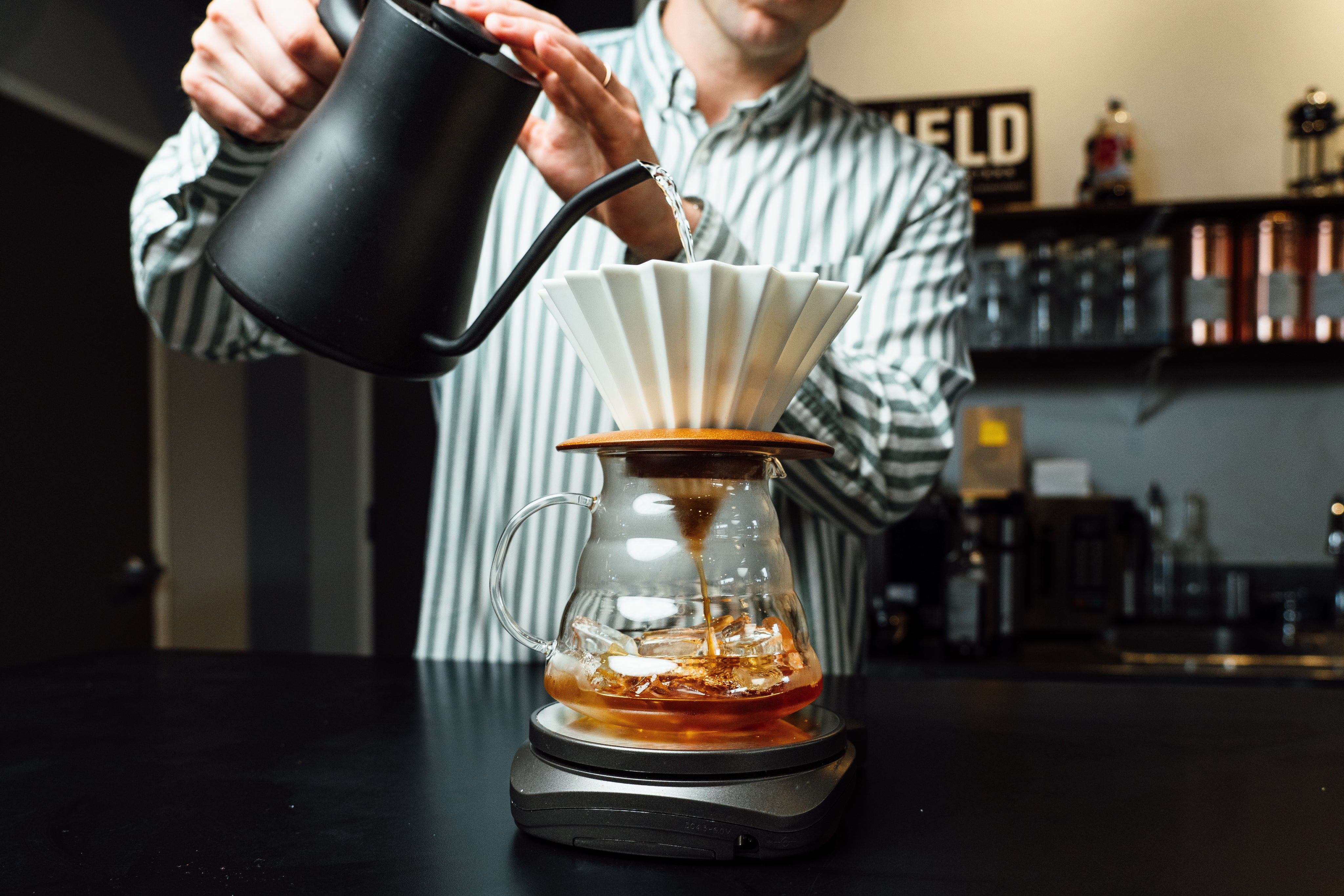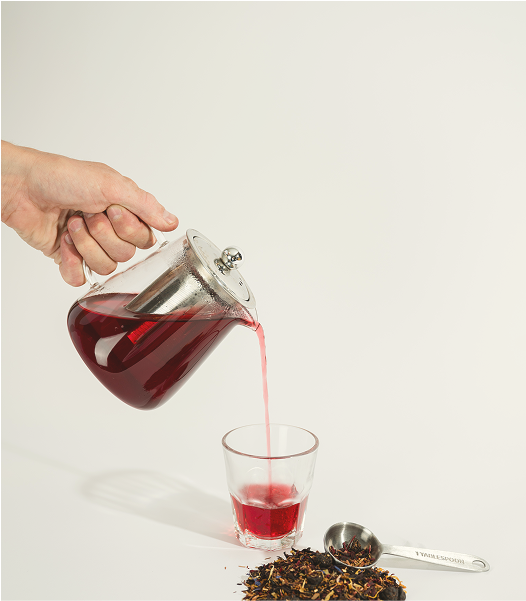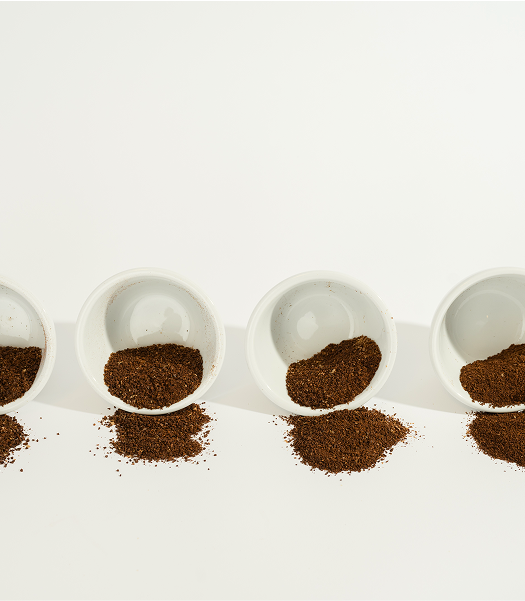Free Shipping on Orders Over $50
The path your morning coffee takes before reaching your mug involves intricate steps and dedicated individuals. Let's delve into the detailed stages of this remarkable transformation.
Step 1: Nursery/Planting - An unroasted green coffee bean is actually the seed of a coffee plant. The seed will germinate and produce a sprout within 6 weeks of being planted. The young plant will typically stay in the nursery for 4-8 months before it is ready to plant at the farm. From this point, it will take two to three years before they develop into fully mature plants; producing a sufficient yield.
2. Harvest - Most coffee-producing countries have an annual harvest, although some countries like Colombia have two flowerings each year, resulting in two harvests. The harvest is labor intensive. Specialty coffee is hand-picked to ensure that only ripe cherries are picked. Coffee pickers make multiple passes throughout the harvest season, which can last four to six months.
3. Processing - Processing the coffee cherries involves the critical removal of husk and fruit from the beans and then drying of the beans to around 11% moisture content. There are two main processing methods.
3a. Natural Method is the simplest and oldest method of processing. Over 60% of the world’s coffees are processed this way. Harvested cherries are laid out on raised beds or brick patios under the sun. The fruit and skin are left on the beans to be dried and fermented on the patios.
3b. Washed Method is used where fresh water is abundant. There are several variations of the washed method but generally, harvested cherries are poured into large, water-filled tanks to soften the outer husk and pulp. Once softened, the cherries are run through a pulping machine to remove and wash away the husk and pulp from the parchment protecting the beans. These beans, still covered in their silver skin, are sorted by weight via water channels and then by size in rotating drums. The separated beans are placed in large tanks filled with water for 12 to 48 hours.
4. Drying – With drying patios, the average drying time is 7–14 days. Coffee is spread directly onto clay or cement tiled patios. Coffee is piled in rows, 3-5 inches thick, and turned every hour.
With raised beds, the average drying time is 10–14 days. Coffee is spread onto beds made up of mesh material suspended on wooden frames. Coffee is piled in a single layer and turned every hour.
5. Milling - When the coffee leaves the patio, it still has a layer of dried parchment surrounding the bean. At the dry mill, machinery will hull the bean, destone the batch, and grade beans by screen size and density. The beans are stored in the warehouse with the parchment still attached.
6. Exporting – When a coffee is being prepped for export, it gets hand sorted to remove any defective beans. Specialty grade coffee only allows up to 5 full defects per small sample. It takes a lot of time and a lot of hands to sort through each bag of coffee. From the covered warehouses, the bags of coffee are moved into a shipping container and transported to the shipping docks.
7. Roasting – Is the process of applying heat to raw (green) coffee beans and transforming them into the coffee we know and love. It’s the perfect mixture of science and art. The knowledge, the skill, and the dedication to relational coffee truly shine through. Most of our coffees are roasted to just after 1st crack, with a complete roast cycle range of 11–13 minutes, landing between light to medium roast. When specialty coffee is roasted on the lighter side, it brings out more natural flavor aspects of the bean, more acidity, and, to our preferences, a much more exciting finished product.
8. Cupping – Is the formal evaluation of roasted coffee. Using a specific tasting score card, a flavor wheel, and our experience, we evaluate our roasted coffees for quality control and to inform our decisions on how to improve the coffee. Every batch of coffee we roast is fully examined, following strict Specialty Coffee Association (SCA) standards, to thoroughly examine its quality before it leaves our roastery.
9.Grinding – The roasted coffee is next ground to a coarseness appropriate for the brewing method that will be used. This is one of the most undervalued yet important aspects of the coffee chain. Without the proper grind-to-brew method, your coffee could taste vastly different than intended. We strongly recommend a burr grinder for a consistent grind size.
10. Brewing – Now the final job is to skillfully prepare the coffee in a way that showcases all of the hard work that made this coffee what it is. It is the final step in the seed-to-cup journey and the most delicious. With every sip of Yield Coffee, you’re helping transform lives in the coffee chain through relational coffee and sustainable development.





